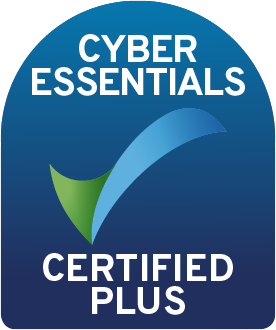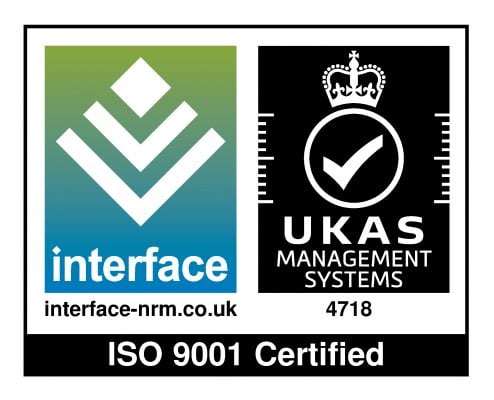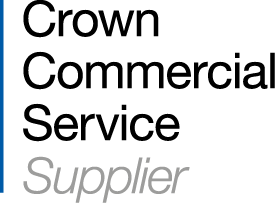Social and collaborative learning is an essential part of L&D for many organisations across a number of sectors. While social learning naturally occurs in many offline group teaching or work environments, it can be more effective to facilitate social learning online and some organisations opt for free social media platforms or collaborative platforms. However, when looking to create a well-managed virtual learning environment where learners can come together and engage with one another, these platforms may fall short. For effective and engaging social and collaborative learning, look no further than Totara Engage.
Why is collaborative and social learning important?
Collaborative learning is a form of ‘active learning’ which relies on groups of two or more learners to work together as a collective with the goal of strengthening the learning process. Learners may work together by sharing knowledge, solving problems or completing tasks and projects.
A study by the University of Washington found that active learning driven by collaboration and interaction was proven to positively affect the academic performance of university students. They also found that students taught by traditional lecture-based learning are 1.5 times more likely to fail than students participating in courses featuring active learning.
Collaborative and social learning creates a better community of learners and employees, enabling them to work as a team towards a shared learning goal, complimenting and benefitting from each other’s strengths and skills. Traditionally, social learning methods would require learners to come together in a face-to-face setting; however, e-learning technology creates more opportunities for collaborative and social learning to take place anywhere, at any time – keep reading to find out more.

What is Totara Engage?
Before we explore some of the ways Totara Engage can facilitate social and collaborative learning, we’ll run through a brief overview of this powerful LXP.
Totara Engage is a learning experience platform (LXP) that facilitates informal online learning. An LXP offers a more informal, collaborative and social approach to online learning compared with an LMS.
This flexible and robust system allows users to create their own independent learning pathway, create learning playlists, generate content, engage in peer-to-peer learning along with being able to easily share content with fellow users. Although Totara Engage is a user-centric platform, site administrators still have the ability to create and administer e-learning content along with accessing reporting data and analytics tools.
Find out more about Totara Engage LXP here.
Why choose Totara Engage over social media platforms?
Organisations may choose to use social media platforms such as Facebook to create collaborative groups for employees to join. These groups allow employees to come together and engage in social and collaborative learning by sharing content, commenting on posts along with liking and interacting with content. Initial attraction in using these social media platforms as a collaborative tool was often because they were free and, generally, readily available. However, despite being free to use and easy to set up, they offer limited functionality and collaborative learning is restricted to shared content or discussions in comments/posts.
Another downside of using social media platforms for e-learning is that employees require individual social media accounts to join and contribute and they may not wish to share their personal profile. Additionally, if employees are accessing these groups via their personal social media profiles, they are at risk of being distracted if they access other parts of the social media platform such as their personal feed or instant messages. And many organisations also became wary of security and privacy issues in using public profile user groups for company training. All in all, these social media tools are not ideal for a business collaboration platform.
If a business is using a social media platform to facilitate knowledge sharing and to create a space where employees come together and contribute whilst learning from one another, Totara Engage serves this purpose to a far superior standard and offers vastly enhanced functionality.
Totara Engage offers all of the interactive elements found within a social platform such as sharing, ratings, comments, survey tools along with trending items, hashtags, user tags, topic linking and topic filters so that users will see what is relevant and interesting to them.
Better control over personalisation
Many social and collaborative platforms will offer admins very limited control over the content that is shared and recommended. For example, they may be able to simply tag users in a piece of content that would be relevant to them. Although this is sufficient for straight-forward content recommendations, it’s not sustainable for an organisation looking to create a personalised learning experience.
Using Totara Engage’s hierarchies tools, collaborative workspaces can be created for the whole organisation or for individual groups. For example, workspaces can be assigned to specific departments or sub-teams. Hierarchies tools allow admins and learners to personalise their recommended learning without manual input, taking into account a predefined set of criteria such as job role or selected interests in topic areas. Within these spaces, departments can collaborate on projects together along with sharing ideas or asking questions – creating more opportunities for teamwork and peer-to-peer learning tailored to each team.
Although social platforms can be used to share e-learning content for an entire workforce, if an individual wants to find learning opportunities relevant to their own unique skill set, job role or interests, they may have to spend a great deal of time trying to find relevant content. As a platform designed with a user-centric learning approach in mind, users of Totara Engage have their own personal dashboards which display AI-recommended content. Users can also create personal learning libraries through the playlist function where they can save content that is of particular interest to them.
Better reporting and analytics
It’s beneficial for managers or L&D admins to gain insight into areas such as the type of e-learning content that users are interested in, the topics that are frequently being discussed or topics where there appears to be a lack of understanding. However, most basic social and collaborative platforms offer few opportunities for gathering such data.
Totara Engage’s report builder sources data from across the LXP to provide insights and reporting on a number of areas, allowing site administrators to create custom site-wide reports. For example, engagement reports enable admins to review which content is most read/has high engagement levels – this will indicate the type of topics learners are interested in or may need more information on.

With powerful reporting tools, user profiles, workspaces and much more, Totara Engage provides managers, trainers or teachers with the visibility needed to nurture learners and recognise achievements. An organisation may wish to reward their top content contributors, recognise posts or content with the highest engagement levels, or employees who often answer questions posed in communal workspaces. Totara Engage also gives senior managers or trainers the opportunity to easily and discreetly find those who are struggling, such as an employee asking a lot of questions or for help on topic areas that they should already be proficient in.
Dynamic collaboration in real time
Many organisations use collaborative platforms such as Google Workspace to facilitate remote collaboration where users can work on projects and documents together. However, many of these platforms offer few opportunities for interaction alongside these collaborative tools. For example, Totara Engage allows users to collaborate on documents together, share those documents, and create spaces to discuss, rate and interact with these documents – resulting in a dynamic learning environment.
Totara Engage can also seamlessly integrate with Microsoft Teams, allowing users to interact with each other via instant messaging and video conferencing – without having to switch between platforms. Combining the full range of functionality that Totara Engage offers, along with the communication tools provided by Microsoft Teams, organisations can create a virtual learning environment which can be accessed by learners anywhere and at any time.
Ready to elevate your L&D with Totara Engage?
Whether you’re currently using a social or collaborative platform that isn’t delivering the functionality you need, or you’re looking to introduce opportunities for social and collaborative learning into your L&D – you may benefit from implementing a powerful LXP such as Totara Engage. Want to learn more about this platform and its full range of capabilities? Get in touch with one of our LXP experts or book a demo to see first-hand what this powerful system is capable of.

Book your free LXP demo today
Ready to deliver exceptional results with a powerful LXP? Learn first-hand how Totara Engage LXP from Hubken could enhance your L&D strategy on an impressive scale
.png?width=1080&height=520&name=Blog%20CTAs%20(17).png)



